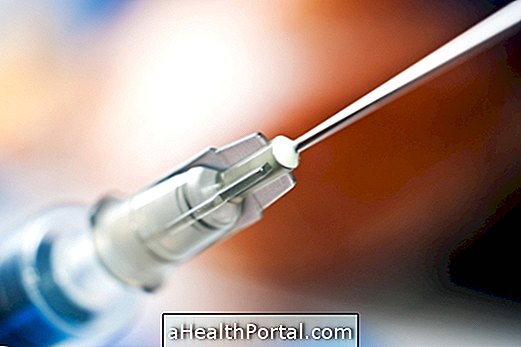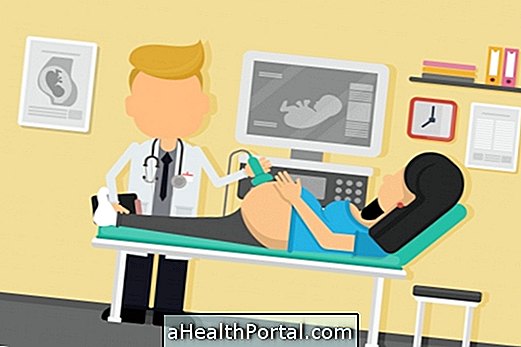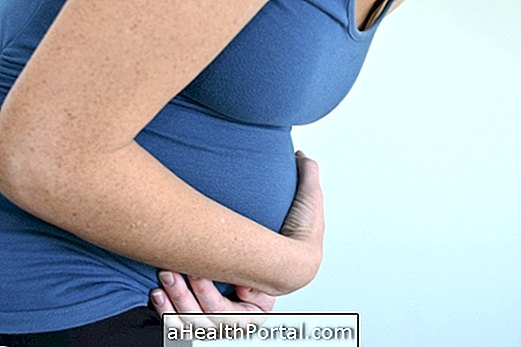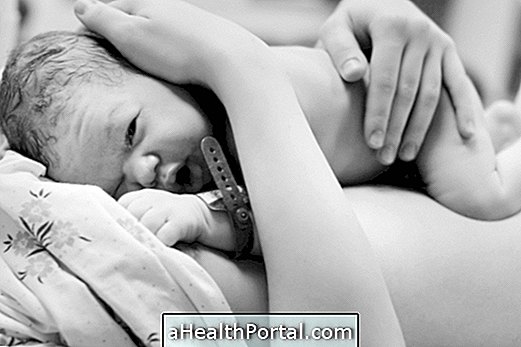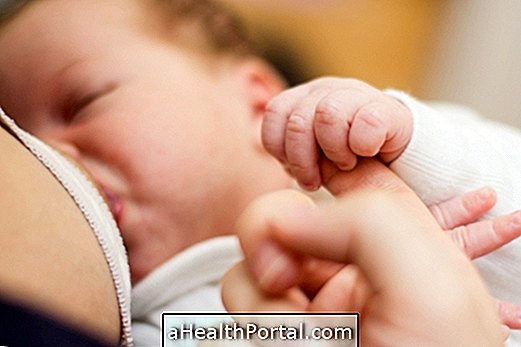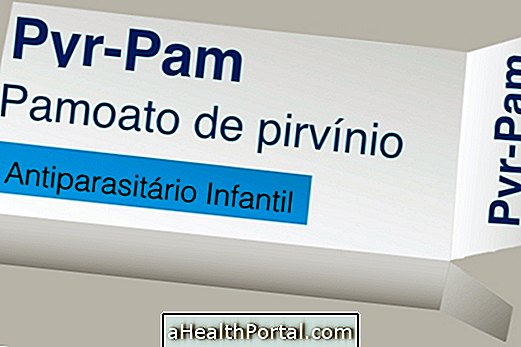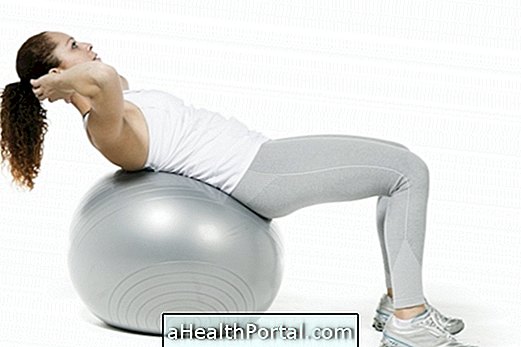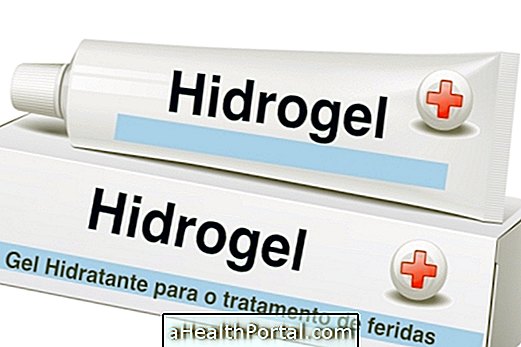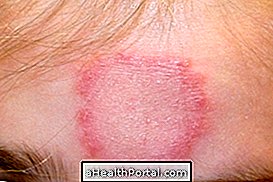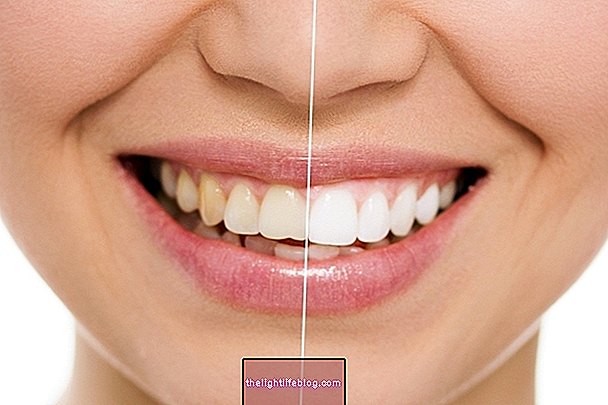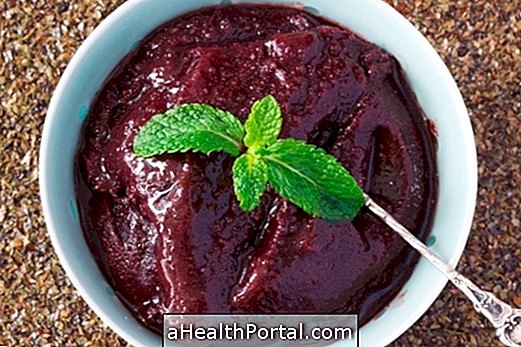The development of the baby at 20 weeks' gestation marks the beginning of the fifth month of pregnancy and at this stage fetal movements are more easily perceived, including by others.
Usually up to 20 weeks of gestation, the pregnant woman has already gained about 6 kg and the belly is already getting bigger and visible, but now the baby's growth will be slower.
Fetal development at 20 weeks
As for the development of the baby at 20 weeks gestation is expected to be light red and a little hair may appear on the head. Some internal organs are developing rapidly, but the lungs are still immature and the eyelids are still fused and so can not open the eyes.
Arms and legs are already more developed and one can observe a thin eyebrow, through the morphological ultrasound examination that should be done, ideally, between the 20 and the 24 weeks of gestation. Learn all about the morphological ultrasound here.
The kidneys already produce about 10 ml of urine per day, and brain development is now related to the senses of taste, smell, hearing, sight and touch. Now the heart rate is already stronger and can be heard with a stethoscope placed over the uterus. The baby's nervous system is more developed and he can already coordinate small movements with his hands, he can grab the umbilical cord, roll and turn inside the belly.
Photos of the fetus
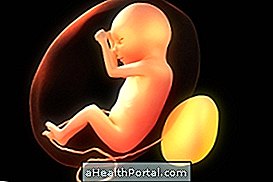

Size of the fetus
The size of the fetus at 20 weeks is about 22 cm in length and it weighs about 190 grams.
Changes in woman
The changes in the woman with 20 weeks of pregnancy are marked by the size of the belly and by the discomfort that it begins to bring. An increased urinary frequency is normal, heartburn may recur and the navel may become more prominent, but it should return to normal after delivery.
Exercising regularly such as walking or swimming is important to reduce the discomforts of pregnancy such as back pain, constipation, fatigue and swelling of the legs.
With the growth of the belly can begin to feel itchy, which favors the installation of stretch marks, so you can start using moisturizer to prevent stretch marks, applying every day, especially after bathing. But for better results you should also ingest more water and keep the skin always well hydrated, if necessary should apply creams or oils more than once a day. See more tips to avoid stretch marks in pregnancy.
Freckles and other dark marks on the skin may begin to get darker, as well as the nipples, genital area and the region next to the navel. Usually the tonality returns to normal after the baby is born, this being a common change in the pregnant woman.
Increased breast tenderness may also begin now that the belly is already more prominent, this is due to the increase of breasts and the lactiferous canals that are preparing for the phase of breastfeeding.
Your pregnancy by quarter
To make your life easier and you do not waste time looking, we separate all the information you need for each trimester of gestation. What quarter are you in?
- 1st Quarter (1st to 13th week)
- 2nd Quarter (14th to 27th week)
- 3rd Quarter (from the 28th to the 41st week)
